Forms of Disease Observed With Plague Patients Do Not Include
Symptoms of pneumonic plague include. Any form of plague can be fatal if not treated.

Pdf Plague A Disease Which Changed The Path Of Human Civilization
The incubation period for bubonic plague is.

. It can develop as a secondary complication of septicemic plague or result from inhalation of infectious respiratory droplets expelled from a human or animal that has plague. Although the majority of patients with plague present with a bubo some may have nonspecific symptoms. Plague is an infectious disease caused by the bacterium Yersinia pestis.
With symptoms of pneumonic plague where 40 of them have the disease confirmed by culture the utilization of F1RDT would result in. Plague is a disease caused by Yersinia pestis a naturally-occurring bacterium found in many areas around the world including the United States. Blackened skin especially on the nose fingers and toes.
Incisions and brain damage. Symptoms include fever weakness and headache. Pestis enter through a break in a persons skin.
The bacteria multiply in a lymph node near where the bacteria entered the human body. Bubonic plague the most common form arises after transmission of Y. There are three forms of plague.
Plague can take different clinical forms but the most common are bubonic pneumonic and septicemic. Septicemic and pneumonic plagues are more often fatal than bubonic because they are harder to recognize. Fortunately these types of plague are less common.
Septicemic Plague This form of plague is characterized by massive growth of bacteria in the blood. Pestis is the black rat Rattus. Forms of disease observed with plague patients do NOT include.
If untreated this form of plague can rapidly progress to multiple organ failure adult respiratory distress syndrome and ultimately death. Pneumonic plague infects the lungs causing shortness of breath coughing and chest pain. Bleeding under the skin or from the mouth nose or bottom.
If the patient is not treated with appropriate. Eleven out of 40 patients showed results consistent with an endocrine disorder including subclinical hypothyroidism n 4 sick euthyroid syndrome n 3 growth hormone GH deficiency n 2 primary hypogonadism n 2 and secondary. It can develop as a secondary complication of septicemic plague or result from inhalation of infectious respiratory droplets expelled from a human or animal that has plague.
Pneumonic plague is the least common but most dangerous and fatal form of the disease. This occurs when an infected flea bites a person or when materials contaminated with Y. Early antibiotic therapy is essential for countering the disease.
1500 to 2500 clinically suspected cases are reported by the national surveillance system 12In this island the main reservoir of Y. Additional rare forms of plague include pharyngeal meningeal and cutaneous. In all three forms the symptoms appear suddenly and progress very rapidly.
Bubonic plague does not spread from personto. And 682 people to be F1RDTnegative of which none would have pneumonic plague called false negatives. Current measures for prevention and control of plague include which of the following.
Gastrointestinal symptoms such as nausea vomiting diarrhea and abdominal pain may also occur. Important infection control measures to remember with plague patients do NOT include. Primary clinical presentations of plague include bubonic pneumonic septicemic fever and sepsis without localizing signs meningeal and pharyngeal pharyngitis with or without cervical lymphadenopathy 2.
The nodes drain and patients recover without therapy. There are 3 main forms of leishmaniases visceral also known as kala-azar which is and the most serious form of the disease cutaneous the most common and mucocutaneous. Human plague can present in infected patients in three forms.
Complications of this form of plague include septic shock consumptive coagulopathy meningitis and coma 3. Usually this begins one to seven days after exposure. Leishmaniasis is caused by the protozoan Leishmania parasites which are transmitted by the bite of infected female phlebotomine sandflies.
Patients develop fever headache chills and weakness and one or more swollen painful lymph nodes called buboes. Pestis from an infected flea. Belly pain diarrhea vomiting and.
Pestis minor is a milder form of bubonic plague. Pneumonic plague occurs when Y. Complications of this form of plague include septic shock consumptive coagulopathy meningitis and coma 3.
There are several forms of plague including pneumonic bubonic and septicemic plague. 318 people to be F1RDTpositive of which 278 would not have pneumonic plague called false positives. Bubonic septicemic and pneumonic.
Pneumonic plague is the least common but most dangerous and fatal form of the disease. The most common clinical presentation of plague in humans is bubonic plague 2 3. Plague is enzootic in the central highlands of Madagascar where approximately 200 to 400 bacteriologically confirmed or presumptive cases are reported each year to the World Health Organization.
The study participants 35 males 5 females had a mean age of 364 113 years and duration of the disease was 25 55 years. The incubation period of bubonic plague is usually 2 to 8 days. Patients with this form of plague are more likely to have some preexisting immunity to Y pestis Legters 1970.
Patients usually have a febrile illness with localized lymphadenopathy. Plaguea deadly disease caused by the bacterium Yersinia pestisis still an international public health concern. This form is usually the result of an infected flea bite.
Patients develop swollen tender lymph glands called buboes as well as fever headache chills and weakness. The plague is a serious bacterial infection that can be deadly. For example septicemic plague can present with prominent gastrointestinal symptoms such as nausea vomiting diarrhea and abdominal pain.
Pestis infects the lungs and is the most deadly form of the disease. Patients develop fever headache chills and weakness and one or more swollen painful lymph nodes called buboes. There are three main clinical forms.
Sometimes referred to as the black plague the disease is caused by a. Bubonic plague is the most common form of plague. Bubonic plague septicemic plague and pulmonary plague.
There are three forms of plague each affecting a different part of the body and causing associated symptoms.

Infection Pathways For Plague During Plague Epizootics Transmission Download Scientific Diagram

Yersinia Pestis Plague Gafacom

The Role Of Louse Transmitted Diseases In Historical Plague Pandemics The Lancet Infectious Diseases

Unbreakable Will Warhammer Art Warhammer 40k Artwork Warhammer

Diagnostic Flowchart For Suspected Cases Of Plague Madagascar 1998 2016 Download Scientific Diagram

Plagues Of The Past Science In The News
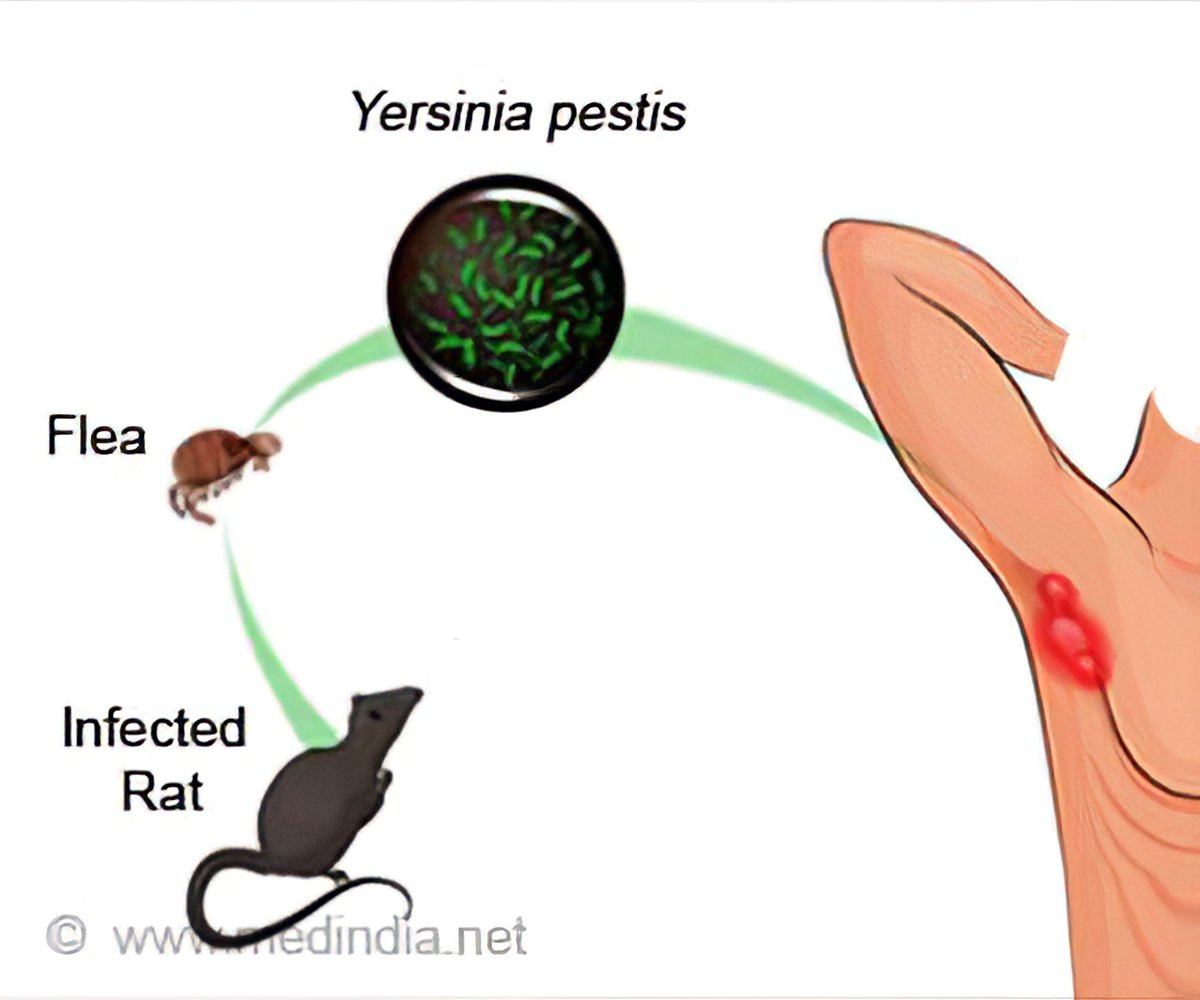
Bubonic Plague Causes Symptoms Diagnosis And Prevention
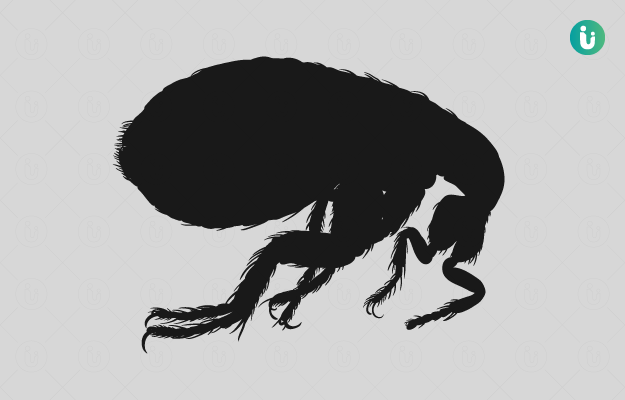
Plague Symptoms Causes Treatment Medicine Prevention Diagnosis

Parameters For Three Sir Models Of Plague Transmission Download Table
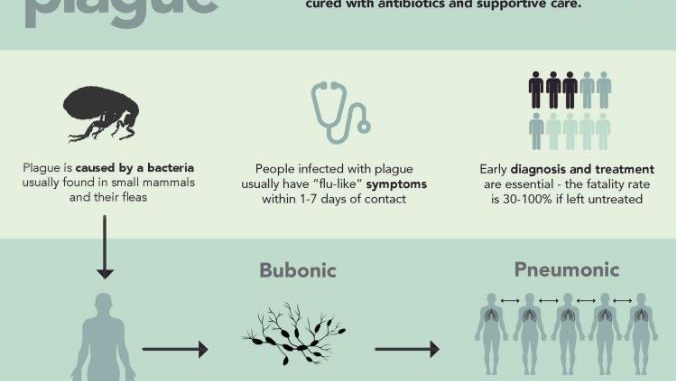
Plague Transmission Pathogenesis Symptoms Diagnosis Treatment And Epidemiology Online Biology Notes

References In Plague History And Contemporary Analysis Journal Of Infection

Plague Insects Disease And Histroy Montana State University

References In Plague History And Contemporary Analysis Journal Of Infection
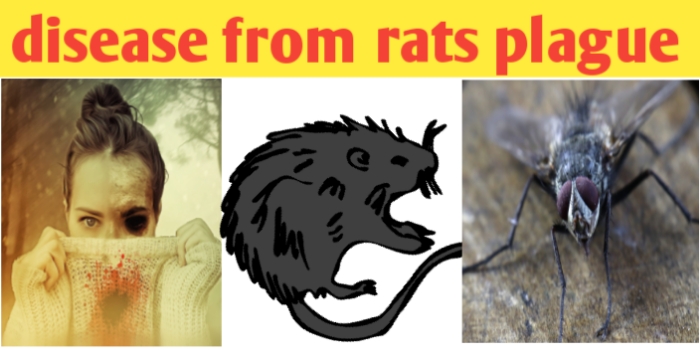
Disease From Rats Plague And Hantavirus Pulmonary Syndrome Biologysir
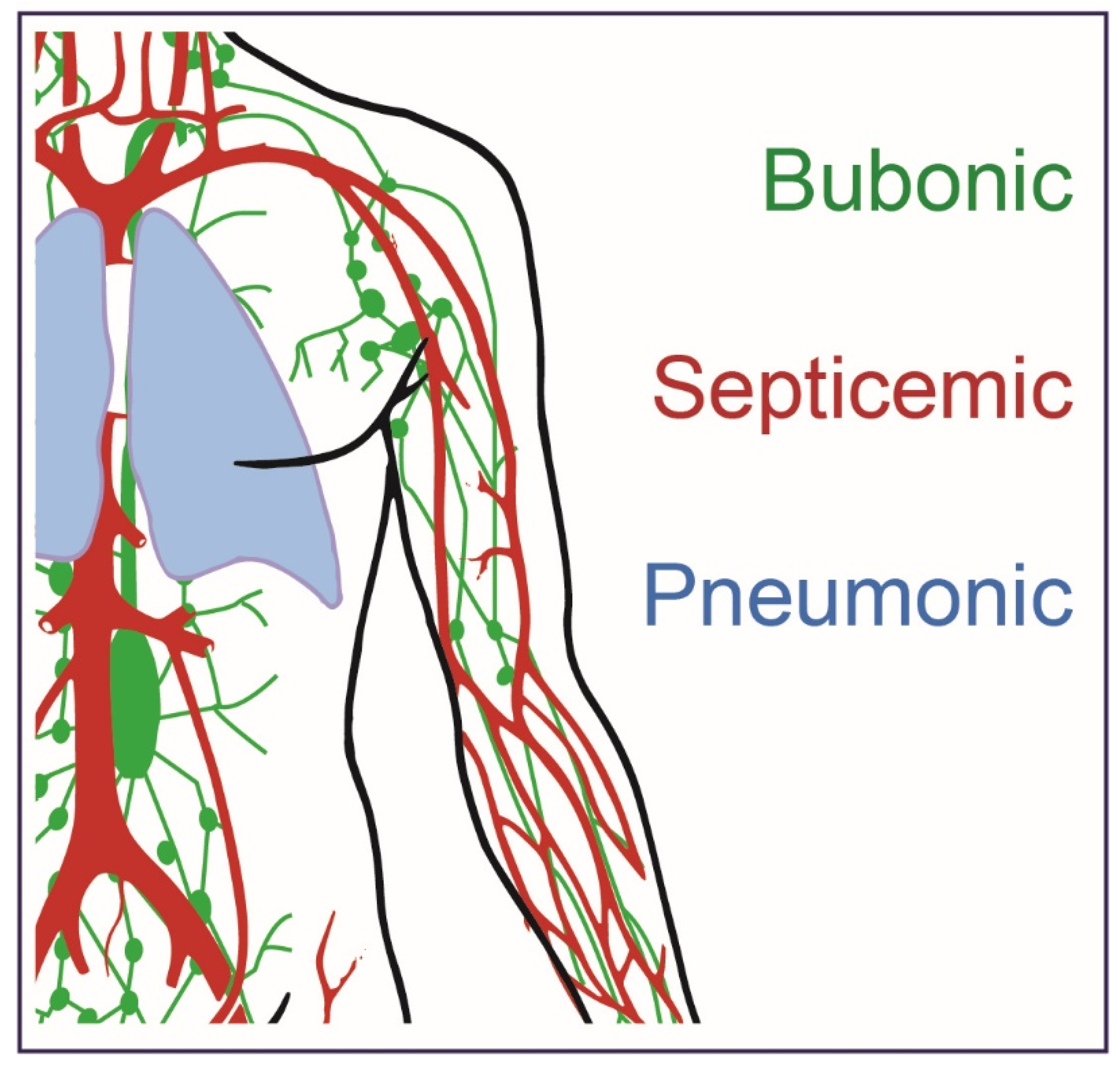
Biomedicines Free Full Text Plague Prevention And Therapy Perspectives On Current And Future Strategies Html

Passive Surveillance System Patient With Suspected Plague Identified A Download Scientific Diagram


Comments
Post a Comment